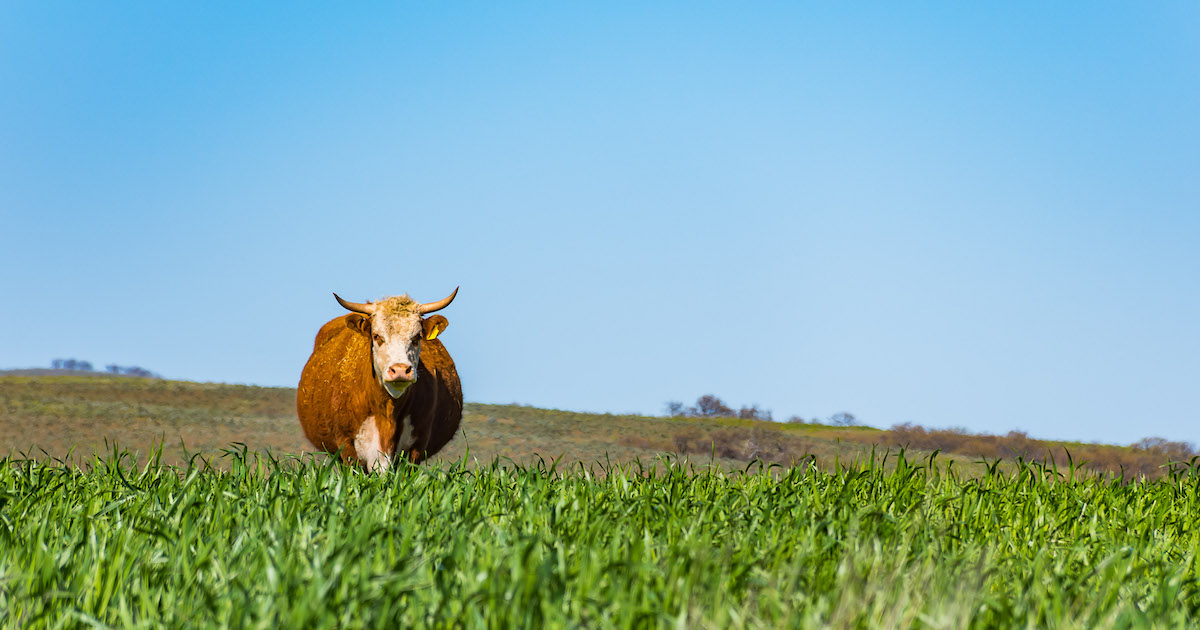Agriculture is the door to our future, as well as the building blocks for our lives.
Farm to fork is how Americans live. Farmers farm crops, raise animals that will eventually be put into our stores and then go to dinner tables.
“Without agriculture, we would be naked, homeless, and hungry,” Laura Kelley, the agriculture teacher and FFA advisor at Lakeland High School, said.
Kelley grew up on a large farm with vast stretching acres of wheat. Growing up around agriculture, that part of life has shaped her view of its importance to humans.
There would be no homes, stores or any buildings at all if it were not for agriculture.
The world would be the same with agriculture. From the number of jobs it creates to the food humans consume.
Agriculture holds many careers, from ranching to bioprocessing engineers and veterinarians to agribusiness. Each one is significant in its own way. Agriculture is what keeps the lights on, puts the clothes on our backs and feeds everyone and the ecosystem.
Feeding over seven billion people while growing that number is a challenging task for a small number of workers. That is why 1.9 million farms cover America’s landscape, according to the Farm Bureau.
“Growing up as what people call an Ag. kid has made me see how important agriculture truly is,” Charlee Friddle said.
Believe it or not, those fluffy cows out in the pasture are the number one farm product in the U.S., followed by corn and soybeans.
Cattle, in particular, make an impact on the world. They produce dairy products like cheese, milk, butter and beef products.
They also provide us with leather, soap and band-aids used to cover injuries.
It is also not just cattle that support our society. Sheep give us their wool for clothing and meat for food. Chickens provide us with animal feed, bonemeal, biodegradable plastics and beef.
Livestock animals provide so much, but farmers and ranchers are needed to care of them. This all proves how vital agriculture is in the country.
As important as this all is, relying on living things to support humans can come with some downsides. Like humans, animals get sick. Recently, dairy cattle have been getting infected with the Avian Flu, which could be detrimental. This is the first and only time this disease has affected cattle.
According to the CDC, as of May 2, nine states have been affected, with 36 herds being infected. This is also the first time it has ever been able to be transmitted to humans. This shocked cattle owners since avian flu commonly affects poultry and birds.
Another huge part of agriculture in our world is food security. Food security, by definition, is the ability to have physical and economic access to sufficient food for proper dietary needs for a productive and healthy life, according to the United States Agency of International Development (USAID).
The agriculture department has also grown and become more technologically advanced. According to the United States Department of Agriculture (USDA), today’s agriculture industry uses sophisticated technology. They use temperature and moisture sensors, robotics and GPS systems. As time grows, the agriculture industry only gets stronger. However, the only issue with that is that fewer and fewer people are interested in agriculture.
Agriculture classes should be more popular. Inspiring young kids to work in this industry is essential to make sure the sector only goes uphill from where it is.
Not only does taking an agriculture class help students learn more about the food they eat and the dirt they walk on, but also essential skills that are useful later in life. People acquire leadership, communication and teamwork skills in agriculture classes. They also learn the meaning of hard work.
People think agriculture is farming. However, there is so much more than just that. Of course, agriculture includes farming, but it also has a broader horizon of pieces. Agriculture can indeed be anything you want it to be.


Frank Vieira • May 9, 2024 at 4:36 pm
Great article!